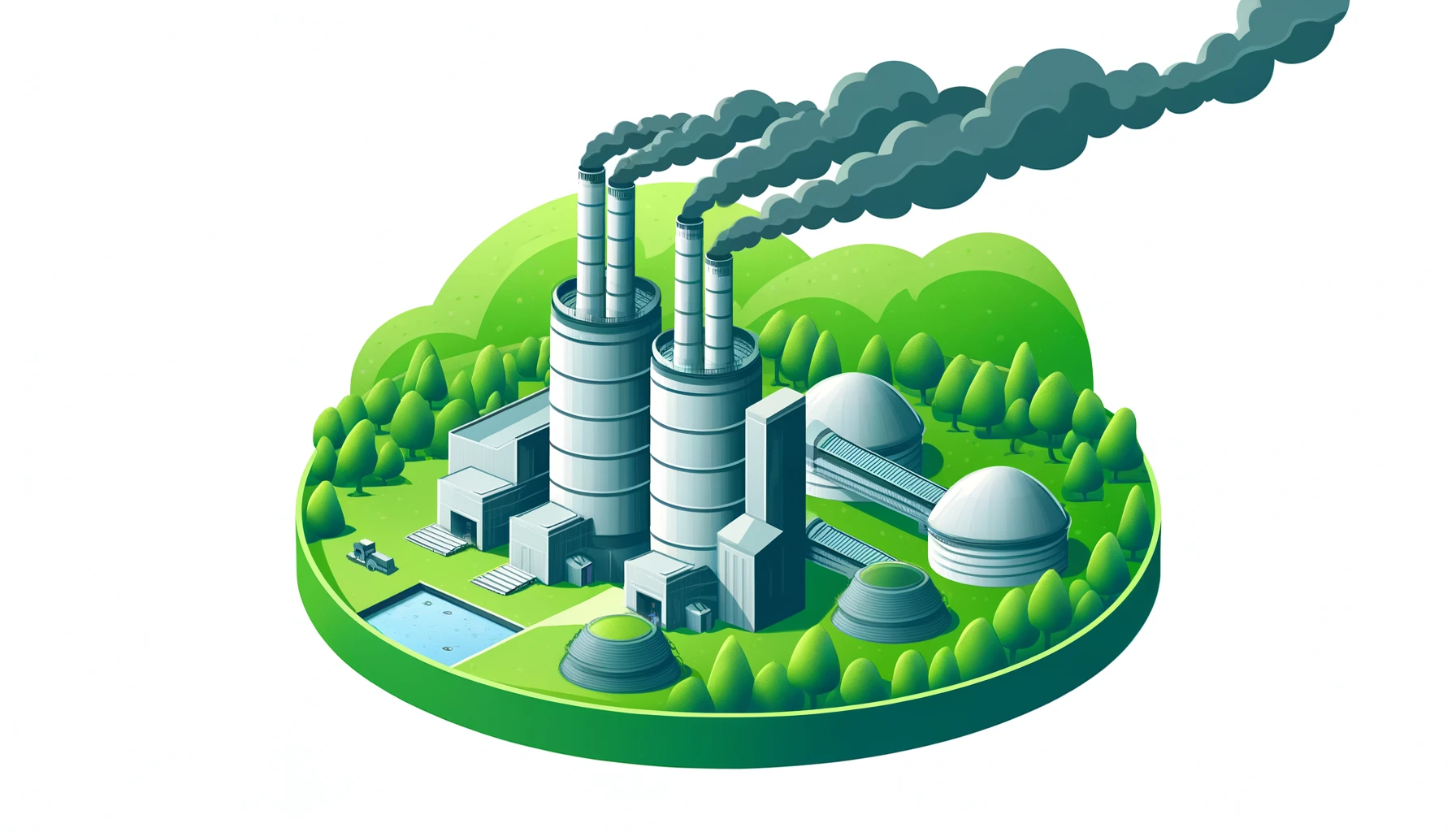
Cement is the basic ingredient in concrete, and concrete is one of our biggest environmental problems. It accounts for 7.5% of our global greenhouse gas emissions, more than every country except China and the US. Cement is so ubiquitous that we can’t even dream of getting rid of it yet — but we can try to make it more eco-friendly.
In a new study, researchers from the University of Cambridge, UK, have found a way to recycle cement and produce new material without the environmental cost of it.
New cement tech
Producing cement has remained largely unchanged for over a century. The key component in cement is Portland clinker, which is made by firing limestone in kilns at high temperatures. This is a problem because these high temperatures are usually achieved by burning fossil fuels like coal, and the limestone itself also releases significant additional CO2.
The world produces a whopping 14 billion cubic meters of concrete every year, and the figure continues to grow as economies in the developing world become increasingly urbanized. As the industry grows, so too does the carbon footprint, and even the International Energy Agency concedes that if cement emissions continues to grow, carbon neutrality will be extremely hard to reach.
Efforts to produce “green cement” — low-carbon cement — have had various degrees of success. But many of them require either technologies that are not widely available or are too expensive and difficult to scale.
The new solution proposed by the University of Cambridge researchers uses an existing process used in steel manufacturing to recycle cement from demolished buildings or anything else, without CO2 emission. This could provoke “an absolutely massive change” by providing low-cost and low-emission cement at scale, said Julian Allwood, who co-authored the research, and has already applied for a patent.
“It is an extremely exciting project… I think it’s going to have a huge impact,” said Allwood, an expert on industrial emissions and key contributor to reports from the UN’s scientific panel on climate change.
From gray to green
Efforts to reduce emissions from cement production have focused on substituting Portland clinker with supplementary materials like fly ash and slag, and developing alternative binders. However, these materials often come from other high-emission processes, such as primary steel production and coal power stations.
The new process essentially bypasses the need to superheat limestone in kilns. It starts out with electric arc furnaces (EAFs), which are typically used for steel recycling. During the process, recovered cement paste is used as a substitute for the limestone flux in steel recycling. The resulting cement is very similar to the conventional one.
Because it uses an electric arc furnace, this innovative approach can produce zero-emissions cement if powered by emissions-free electricity. It can also reduce the emissions associated with steel recycling by decreasing the need for lime flux.

Is this “it” for concrete?
The potential environmental impact of the electric recycling process is significant. The researchers estimate that if implemented globally, this method could produce around 1.4 gigatonnes of electric cement and abate approximately 2 gigatonnes of CO2 emissions. For comparison, the entire US emits around 6 gigatonnes of CO2 emissions, and the UK emits around 0.4 gigatonnes. So it would be a massive shift.
Initial assessments suggest that the process may be economically competitive with current cement production methods, especially as the price of fuel and supplementary materials increases. The method requires very little change or additional cost from businesses.
Also, by using recycled materials, the process contributes to a circular economy, reducing waste and promoting sustainability. Given how much the world is still building things, there will be no shortage of material for recycling anytime soon.
There are still challenges in scaling this method. Separating the paste from concrete is still a developing field and the facilities required for this may not be available everywhere. The economic feasibility of the process also depends on the cost of electricity. Lastly, the presence of impurities may render some types of concrete unusable for recycling.
Despite these challenges, the researchers believe this could finally be the big change for concrete we’ve all been waiting for.
“This is the big bright hope, I think,” Allwood said.
The research was published in Nature.


